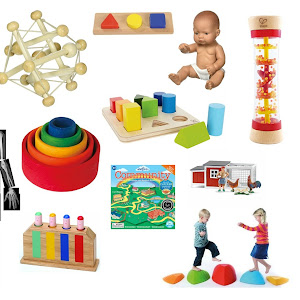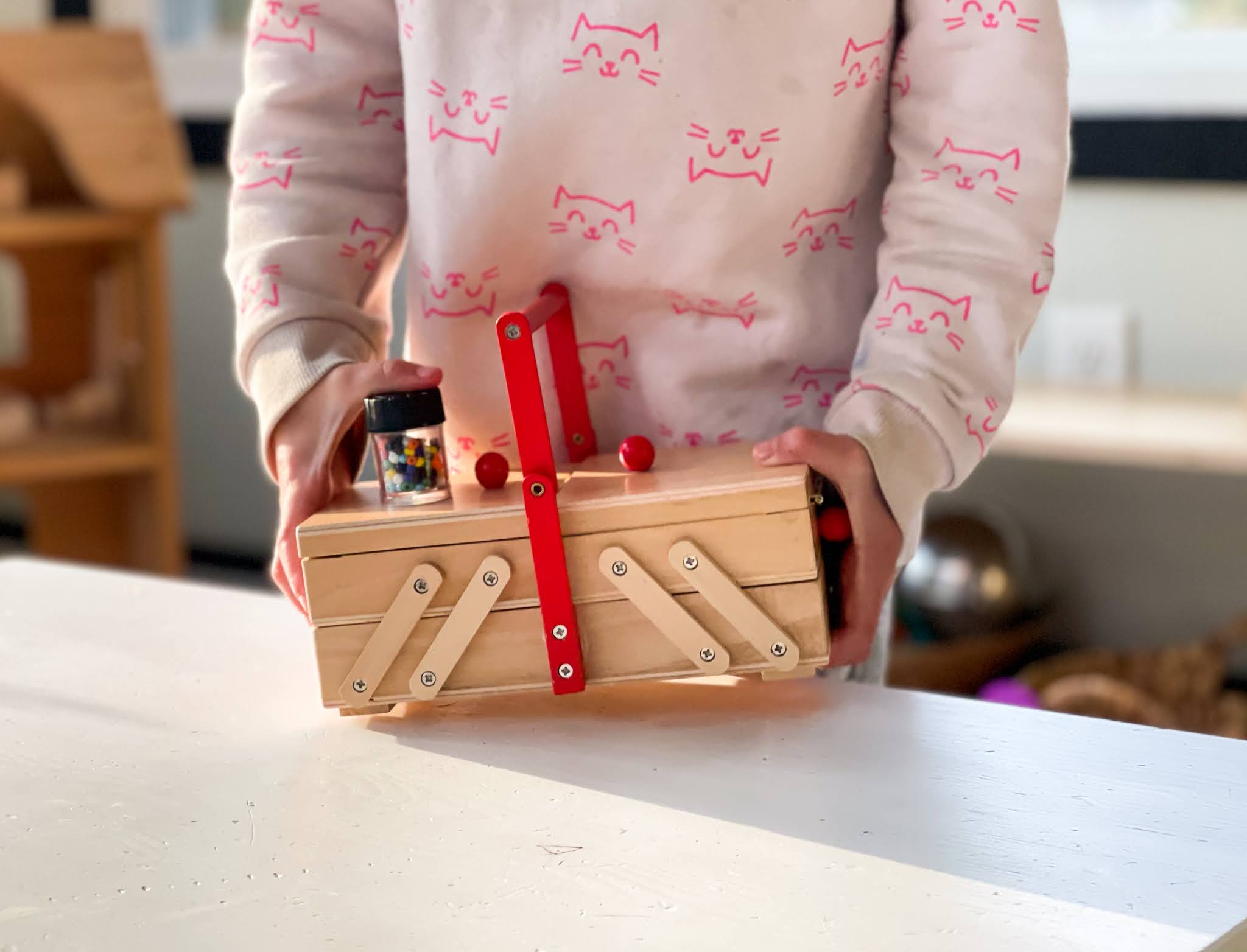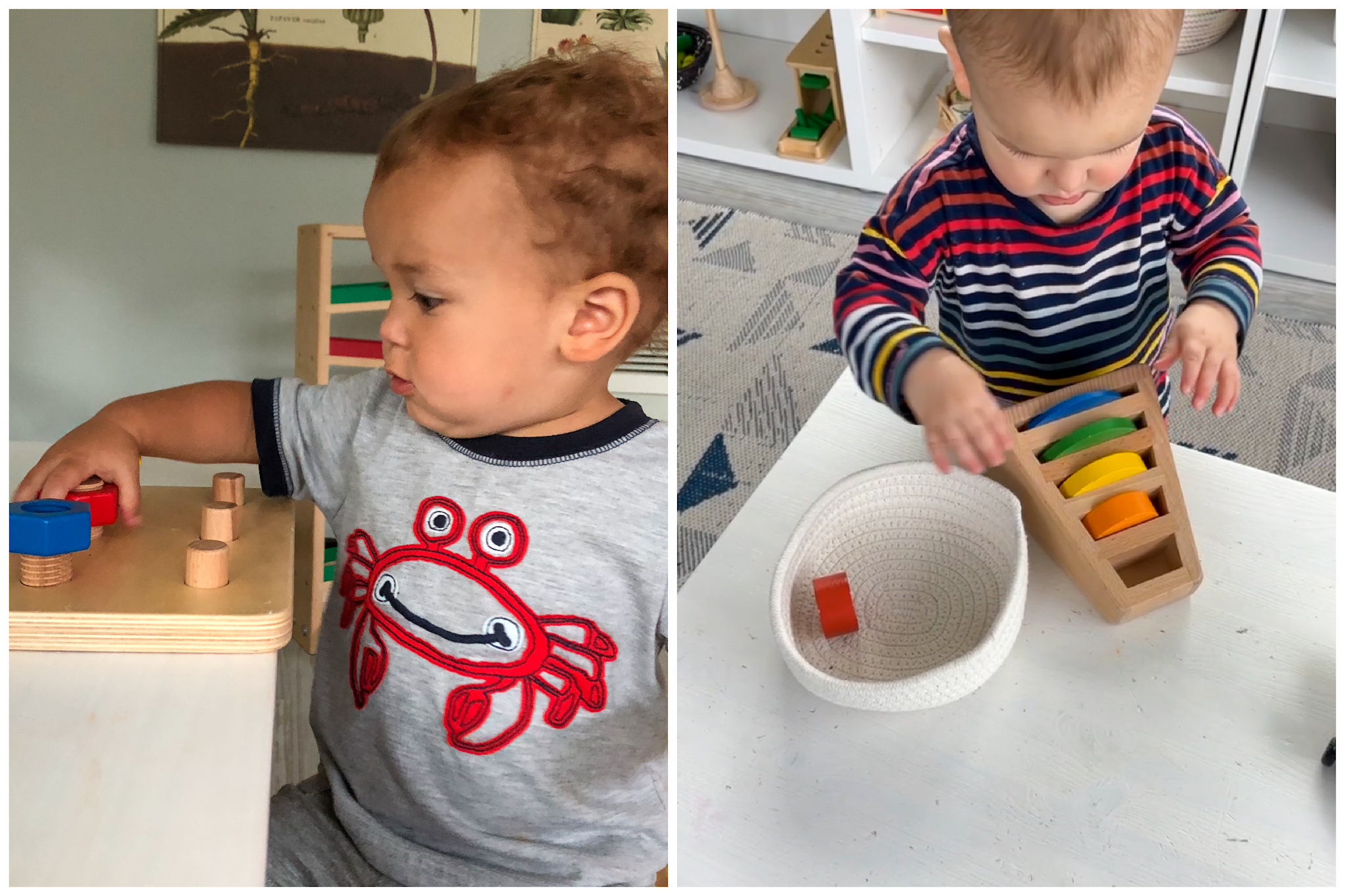Every week, Gus' Montessori school sends us a few pictures of him working at school. Lately these pictures have included a picture of Gus working on the Montessori trinomial cube. If you aren't familiar, the trinomial cube is a material that mixes both sensorial and math impressions. In Children's House, it's mostly a sensorial work that gives the impression for mathematics later on. This post contains affiliate links at no cost to you. The trinomial cube itself is made of different cubes in different colors and shapes that need to be placed back in a box in a very specific order. The trinomial cube comes after the binomial cube which is a smaller, simpler material. What's amazing about both the binomial and trinomial cubes is that they represent algebraic equations and will be brought back into the child's life in late elementary school as they are being introduced to the specific mathematical concepts. It's a very cool way to prepare a child for abstra...















